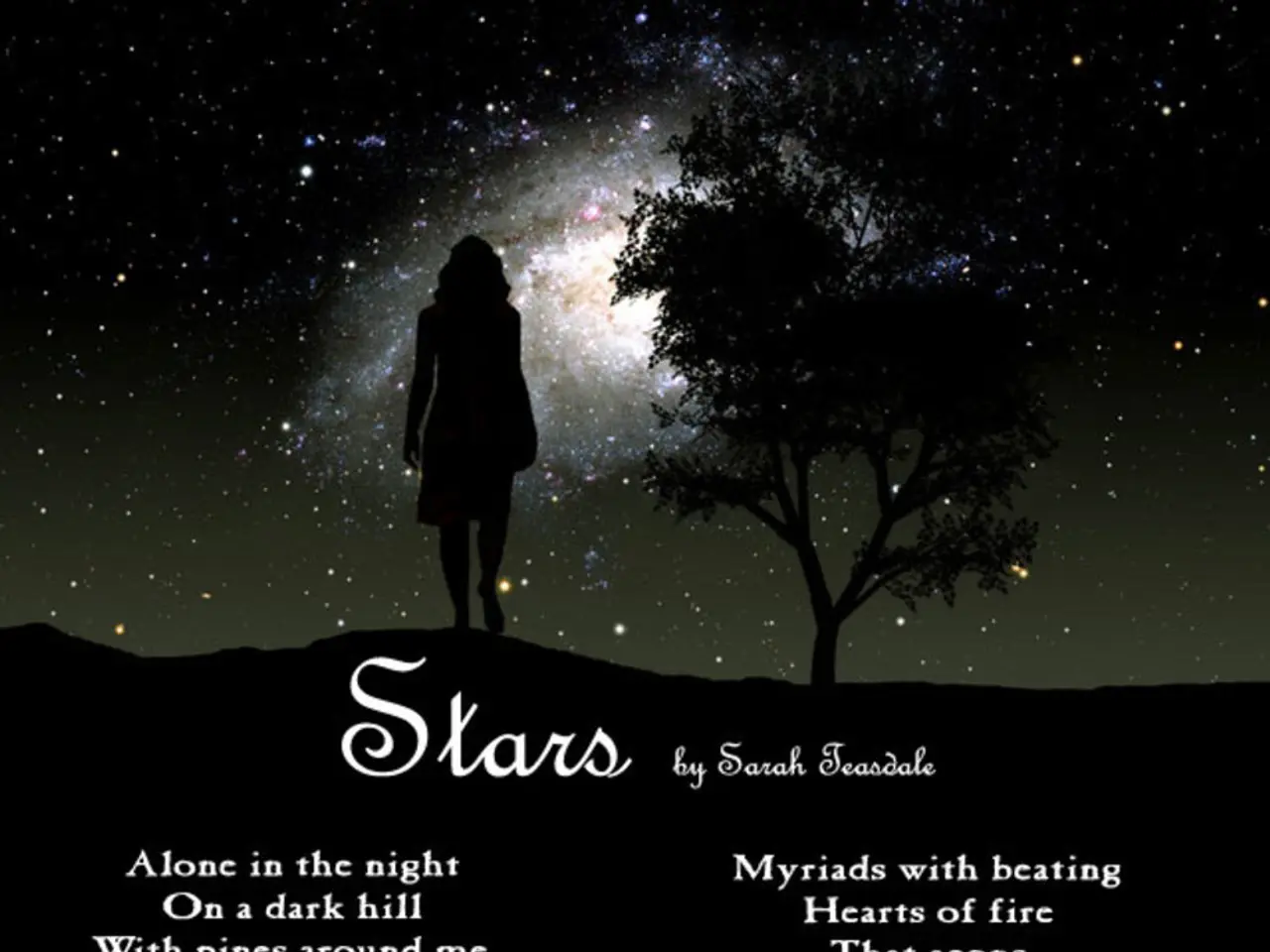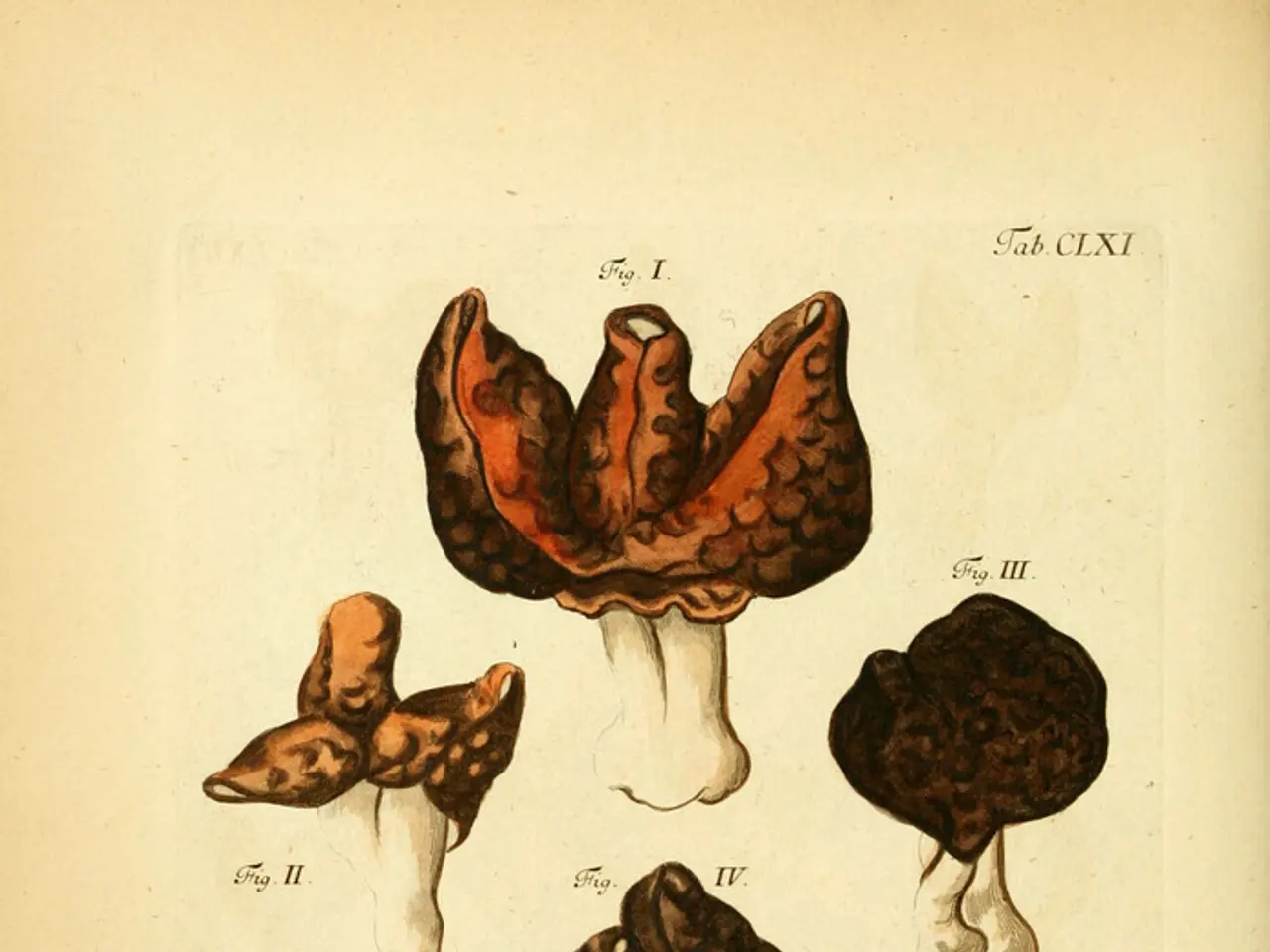Radiate brilliance amidst the darkened evening, akin to shining stars
In the darkest of nights, the stars shine bright, providing a beacon of hope and guidance. This ancient symbolism continues to resonate deeply within human hearts, especially during the Christmas season.
As Director of the Schuman Centre for European Studies, Jeff Fountain explores the significance of stars in our lives, drawing parallels between the celestial bodies and the human spirit.
Historically, stars have been viewed as beacons of hope and guidance, their bright shine in darkness making them powerful metaphors for aspiration and the pursuit of higher purpose. In literature and poetry, stars often symbolize dreams that transcend earthly limits, as seen in Shakespeare’s Romeo and Juliet where they symbolize love and dreams beyond reach. In art, a single shining star often represents a beacon of light in adversity, guiding towards a brighter future and connecting to divine or spiritual realms.
Culturally, stars are strongly associated with spirituality and divine intervention, especially in Christian tradition. The Christmas Star, a central symbol in the Nativity story, represents the star that guided the Magi to the newborn Jesus Christ in Bethlehem. This star symbolizes not only divine guidance but also hope and peace during the Christmas season. The Morning Star, often identified with the planet Venus, symbolizes new beginnings, hope, and divine illumination in Christian theology, linked directly to Jesus Christ as bringing light to a dark world.
Today, stars continue to symbolize these themes because of their universal visibility and timeless resonance. During Christmas, when themes of hope, renewal, and divine presence are emphasized, stars naturally evoke the ancient symbolism of light leading humanity from darkness and despair towards joy, peace, and spiritual awakening.
Vincent van Gogh, a renowned artist, found hope and comfort in the stars, as expressed in his journal and artworks. His famous work, "Starry Night," painted during his stay in a mental asylum, reflects his spiritual journey. Even his less famous work, "Starry Night on the Rhone," painted a year before "Starry Night," reflects his fascination for stars.
The universal longing for meaning, spirituality, justice, beauty, freedom, and the harmony of right relationships resonates in each human heart, finding expression in our fascination for stars. This longing is echoed in the Psalmist's question about the stars' significance in relation to humanity (Psalm 8).
Despite the irrational nature of our fascination, it is a universal one. Even in atheistic circles, such as Soviet architecture, the star has been a symbol of inspiration. The star's enduring symbolism endures because it visually and metaphorically reflects the human search for meaning, guidance, and transcendence.
As we navigate through the darkest of times, let us remember the stars that shine bright, guiding us towards hope, inspiration, and spirituality. Their light may not be their current location, but where they were when the light rays left on their journey to us, yet they continue to inspire and guide us.
This article was first published on Jeff Fountain's blog, Weekly Word, and later published in Evangelical Focus under the title "Window on Europe."
[1] Shakespeare, W. (n.d.). Romeo and Juliet. Retrieved from https://www.shakespeare.org.uk/plays/romeo-and-juliet/ [2] The Christmas Star. (n.d.). Retrieved from https://www.britannica.com/topic/Christmas-star [3] Art and the Starry Night. (n.d.). Retrieved from https://www.metmuseum.org/toah/hd/stny/hd_stny.htm [4] The Morning Star. (n.d.). Retrieved from https://www.britannica.com/topic/Morning-Star [5] Van Gogh, V. (n.d.). Letters. Retrieved from https://www.vangoghmuseum.nl/en/collection/letters [6] The Human Fascination for Stars. (n.d.). Retrieved from https://www.space.com/12182-why-are-humans-fascinated-by-stars.html
Stars represent aspiration and higher purpose, symbolizing dreams that transcend earthly limits in literature and poetry. In Shakespeare's Romeo and Juliet, stars symbolize love and dreams beyond reach. Art often depicts a single shining star as a beacon of light in adversity, guiding towards a brighter future and connecting to divine or spiritual realms.
Stars are deeply associated with spirituality and divine intervention, especially in Christian tradition. The Christmas Star guided the Magi to Jesus Christ, symbolizing divine guidance, hope, and peace during the Christmas season. The Morning Star, often identified with Venus, symbolizes new beginnings, hope, and divine illumination in Christian theology.
Today, stars continue to symbolize these themes because of their universal visibility and timeless resonance. During Christmas, stars evoke the ancient symbolism of light leading humanity from darkness and despair towards joy, peace, and spiritual awakening.
Artists, like Vincent van Gogh, have found hope and comfort in the stars, reflecting their spiritual journeys in their works. Even in atheistic circles, the star has been a symbol of inspiration, enduring because it visually and metaphorically reflects the human search for meaning, guidance, and transcendence.
In addition to the universal desire for meaning, spirituality, and transcendence, stars remind us of the longing for justice, beauty, freedom, and harmonious relationships. This longing is echoed in the Psalmist's question about the stars' significance in relation to humanity.
Beyond celestial bodies, stars can also refer to fashion trends, movie stars, celebrities, and even social media icons, all embodying the ideals of beauty, inspiration, and aspiration. This universal longing for stars can be found in various aspects of our lives, such as lifestyle, fashion-and-beauty, movies-and-tv, relationships, personal-growth, pop-culture, and social media.
In the realm of food-and-drink, there's the star chef, who guides us to new culinary dimensions, or the star cocktail, which elevates our taste buds. In home-and-garden, stars could symbolize the latest design trends, or the rare flower that brightens our living space.
Pets, often considered family members, can become our cherished companions, providing comfort and love, just like the star that guides us in darkness. In travel, a star rating system helps us navigate, guiding us to the best destinations and experiences.
Cars, some of which are true works of art, can become our personal chariots, offering freedom and speed, much like a star. Books, especially those that inspire and change our perspectives, can light our path, providing wisdom and knowledge, akin to a shining star.
Education-and-self-development, career-development, and personal-growth all involve pursuing goals and striving for excellence, much like the star's pursuit of its own path in the sky.
The fame and glamor associated with celebrities and movie stars remind us of the allure of stardom, while entertainment, casino-and-gambling, sports, sports-betting, and sci-fi-and-fantasy can all provide moments of escape and enjoyment, much like the enchantment and mystery associated with stars.
Finally, the general-news, crime-and-justice, and sports can all illuminate important issues and events, helping us to navigate through the darkest of times and guiding us towards hope and inspiration, just like the stars that continue to shine bright in the night sky.




